The potential of seaweed as a source of sustainable dye for the textiles industry is being investigated by researchers near Oban.
The Scottish Association for Marine Science (SAMS), based at Dunbeg, has teamed up with the ocean-inspired fashion business Crubag for the Seadyes project.
By looking at all the natural pigments available in seaweed like greens, pinks, reds and browns, the initiative aims to find more eco-friendly sources of colour for garments and more.
According to SAMS, thousands of tonnes of synthetic dyes are lost by the textiles industry every year, causing negative impacts on the environment.
And as textile production is estimated to generate more than a billion tonnes of greenhouse gases a year, there is a growing need for more sustainable, natural solutions to make the industry more green.
‘A beautiful natural dye in various shades of pinks and reds’
Jessica Giannotti founded Crubag, which is based right next to SAMS, in 2013 after completing her studies in marine science.
The business is greatly inspired by the sea, and seeks to “promote marine science education through art and textiles”.
The collaborative Seadyes project has selected algae species for its investigations that are native and readily available in Scotland, with the potential to be farmed.
And some of the seaweeds are already being cultivated on site, at the SAMS seaweed farm.
Jessica said: “We had great results with the red seaweed Palmaria Palmata and created a beautiful natural dye in various shades of pinks and reds.
“The dyes were also successfully tested on organic silk, organic cotton and merino wool.”
Can fashion be a ‘force for good’?
In the second phase of the Seadyes project, Jessica has worked with Professor Michele Stanley from the SAMS to optimise pigment extraction and the dyeing process.
Those behind the project, which was recently showcased at the Sustainable Angle Future Fabrics Expo in London, are now looking at potential future applications of their seaweed-derived dyes for the fashion industry.
Jessica said: “The future of Seadyes is exciting, and we look forward to further developing this innovation as a commercial solution that can benefit Crubag and other brands and organisations in the fashion and textiles industries.
“Fashion can be a force for good, and instigate positive change to transition away from hydrocarbons.”
She continued: “We need to preserve biodiversity, consider the natural carrying capacity of our ecosystems, and transition to a carbon neutral economy, or even a climate-positive one.
“Moreover, we can contribute to the development of the seaweed industry and a thriving blue economy in Scotland.”
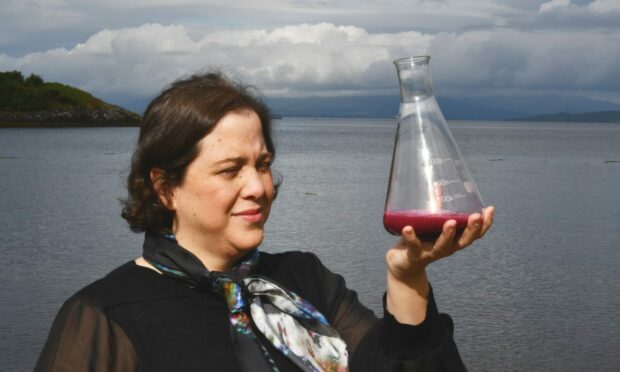
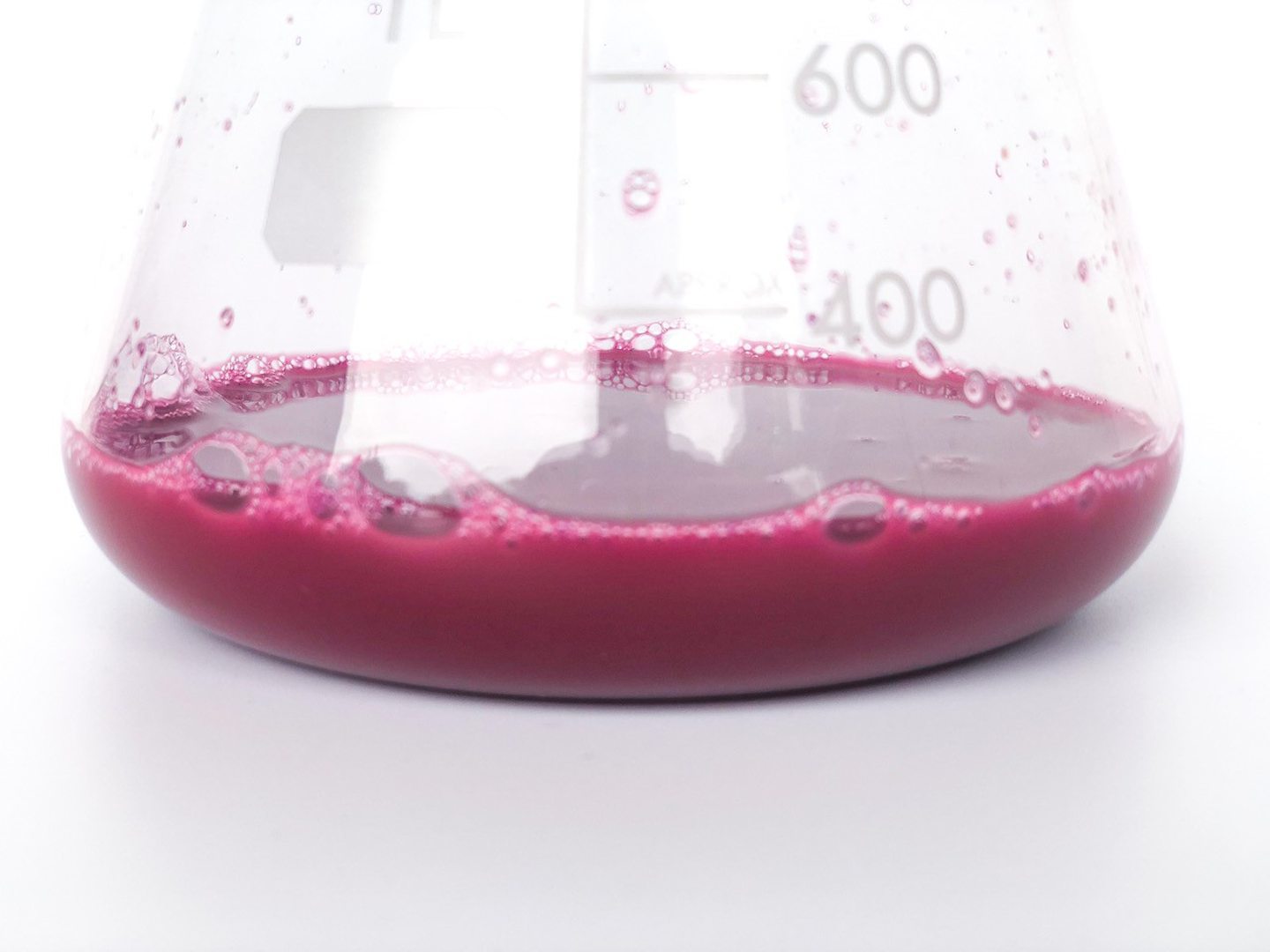
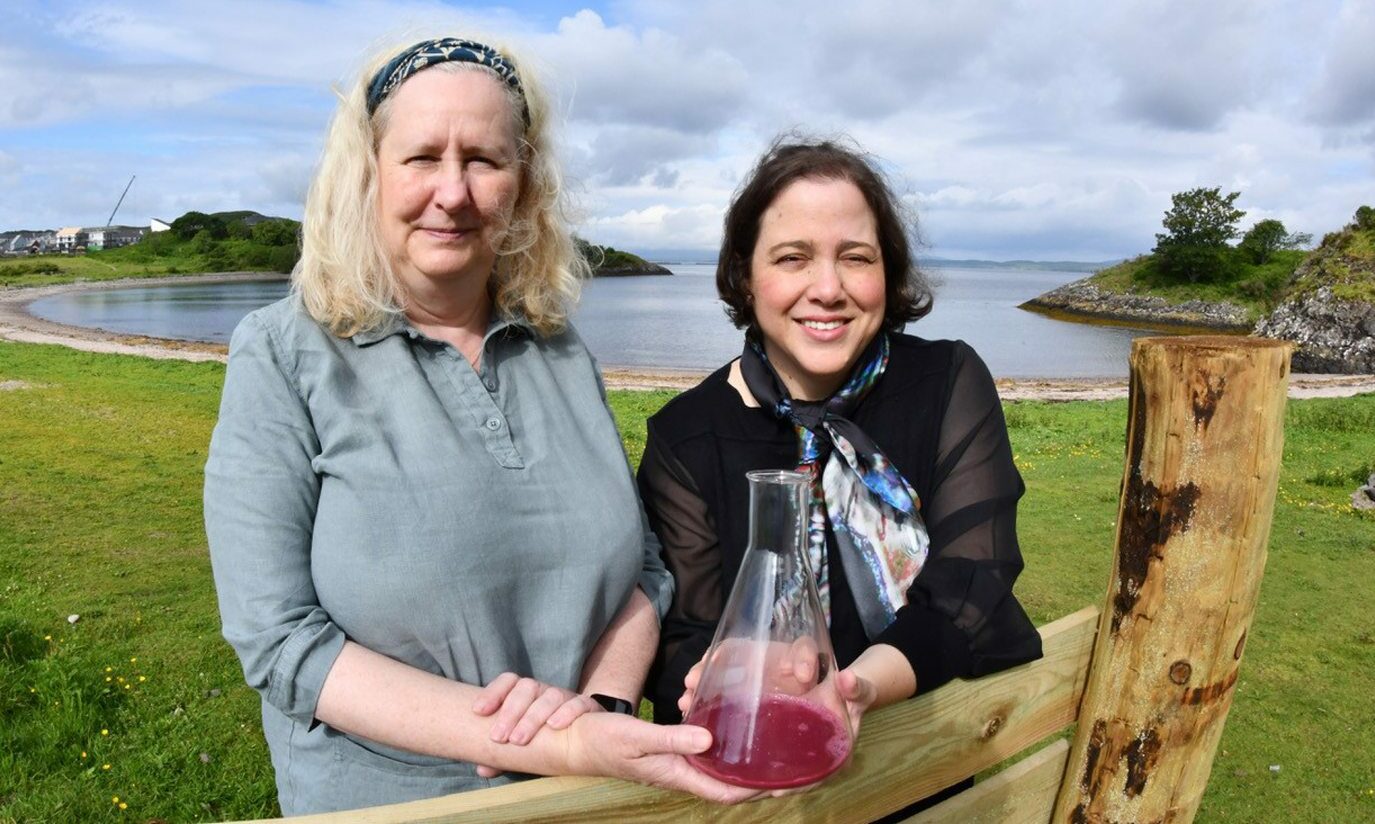
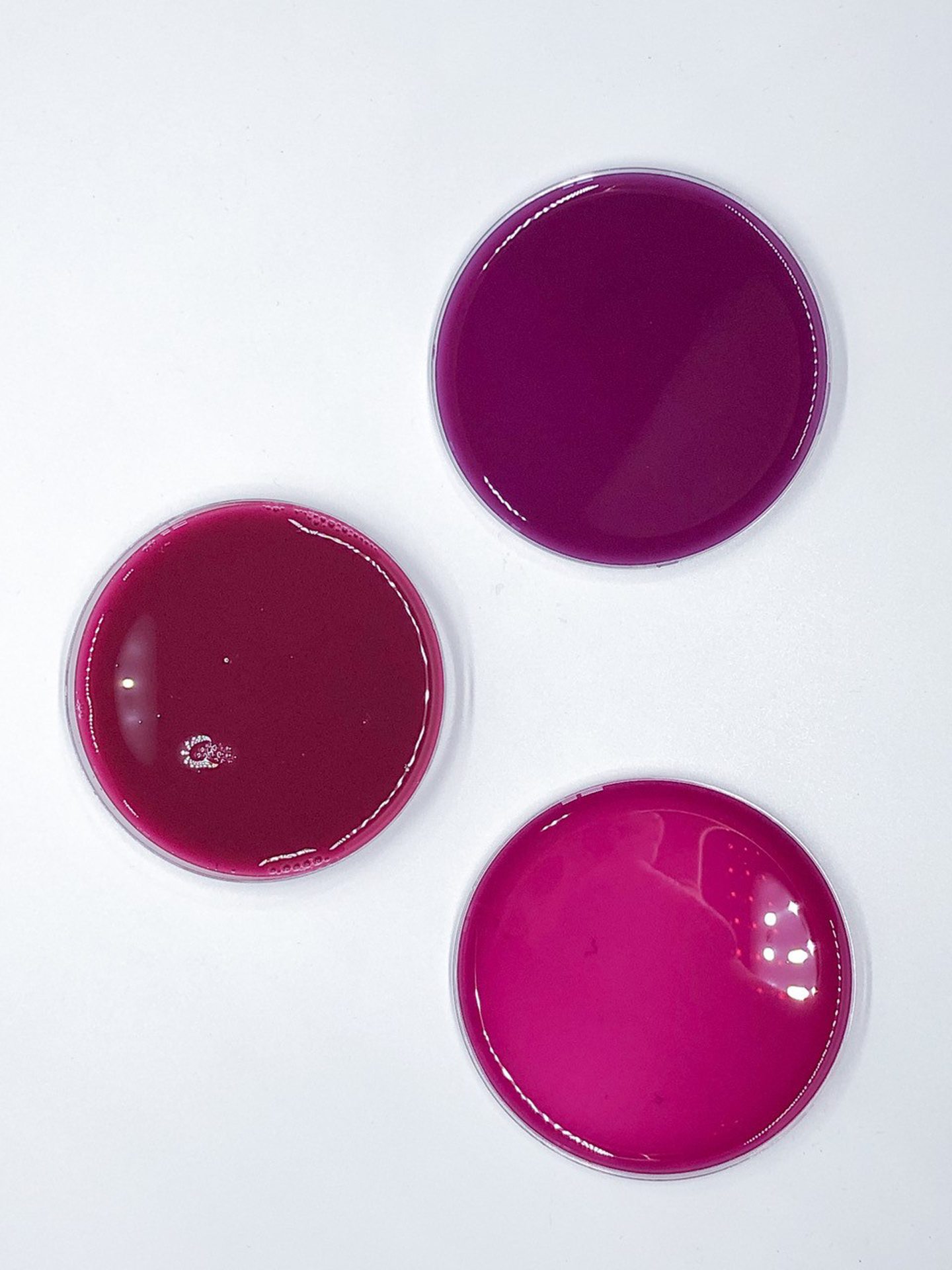
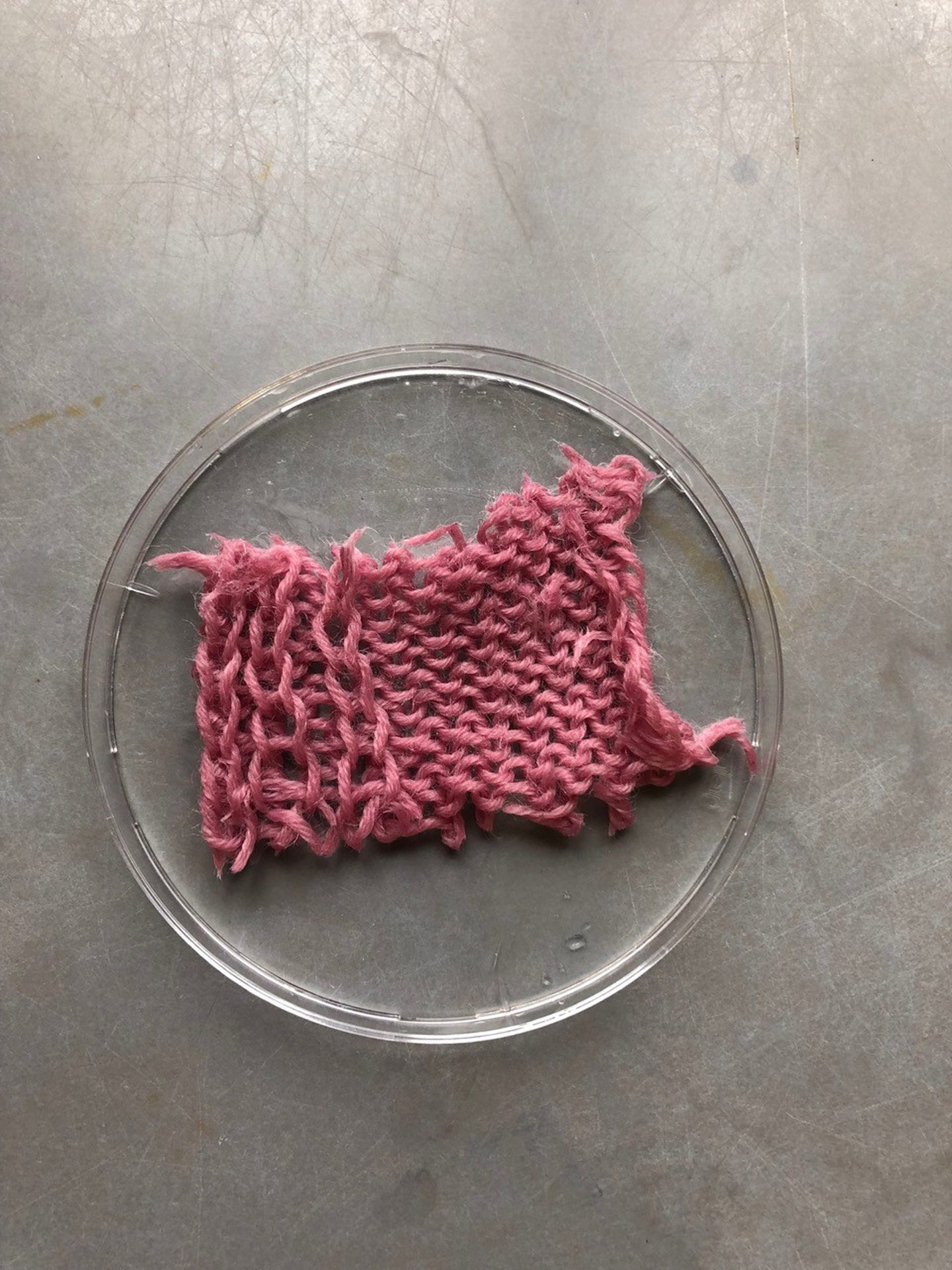
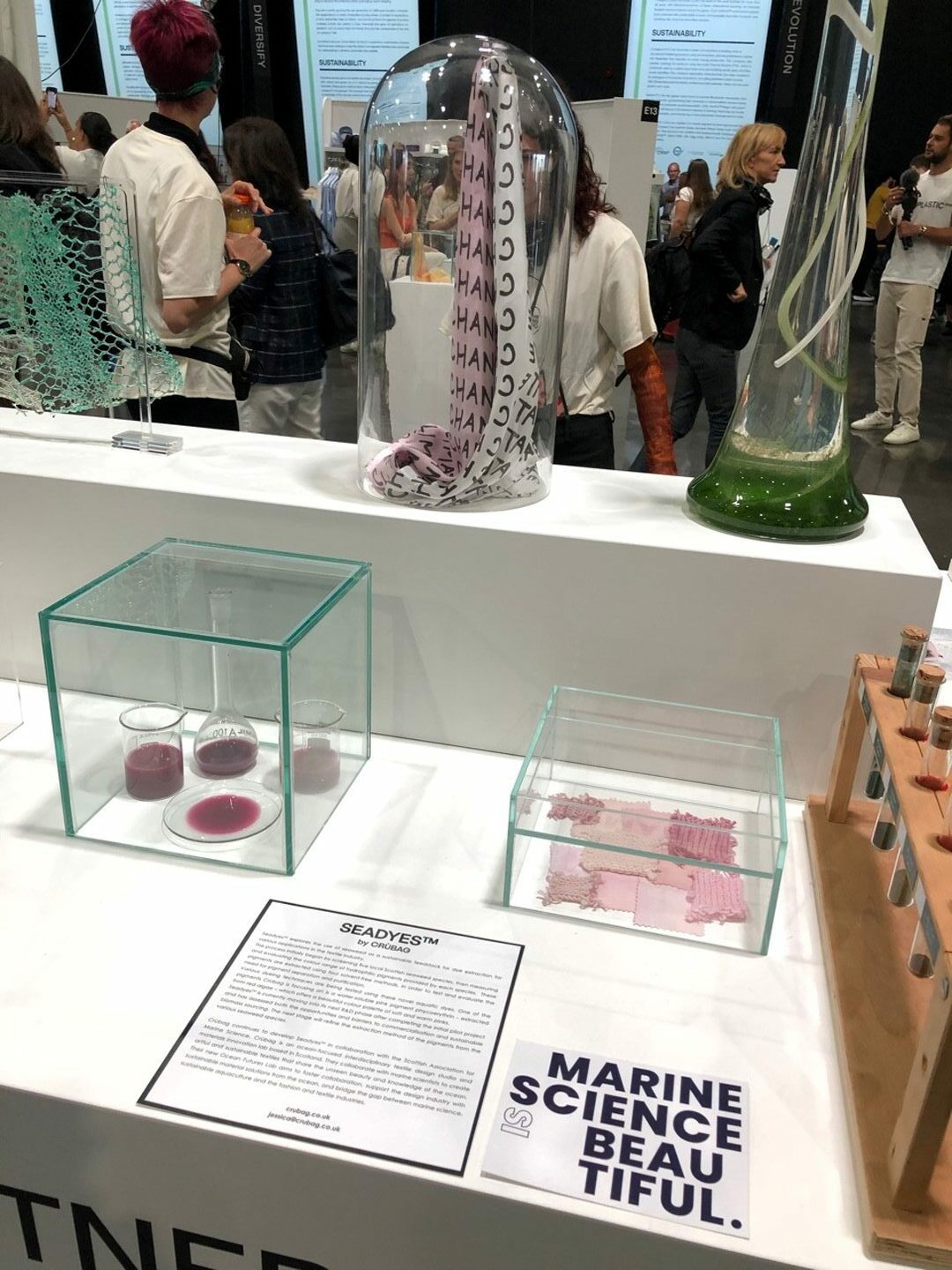










Conversation